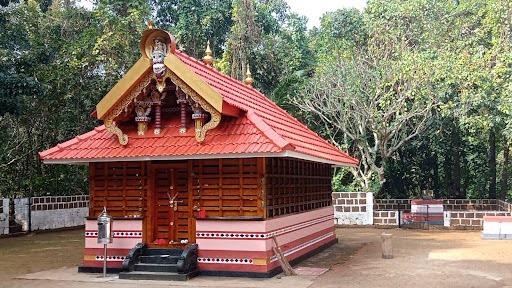The origin and history of Kanjirathin Keezhil Devi Kshetram, like many ancient temples in Kerala, is steeped in legend and tradition. The temple is believed to have been established centuries ago, with its roots tracing back to the early periods of Hindu worship in the region. It is said that the temple was built by local devotees who were guided by divine visions or instructions from sages to establish a place of worship dedicated to Devi, the mother goddess.
Over the years, the temple has undergone several renovations and restorations, reflecting the architectural styles and cultural influences of different periods. The temple's rich history is also intertwined with the local community, serving as a centre for religious, cultural, and social activities.
The legends associated with Kanjirathin Keezhil Devi Kshetram often involve miraculous events and divine interventions that emphasise the power and benevolence of the goddess Devi. These stories are passed down through generations, adding to the temple's mystical and spiritual aura.
